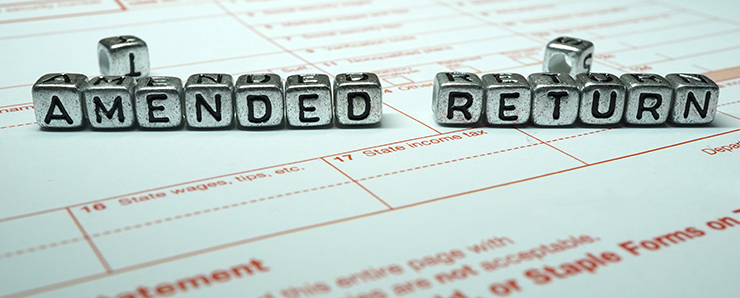
Have you ever gotten your taxes finished and filed only to later find out that something was missing or incorrect? As a matter of fact, it happened to me last year. Normally, I file taxes late in the tax season. However, last year, I gathered all my information early and got everything done early. I felt good about myself until I received a Corrected 1099 in the mail a few weeks later. One of the companies I did contract work for, got their numbers incorrect and had to resubmit the 1099 they issued to me. Fortunately, for situations like this, the IRS allows us to submit an amended tax return.
Purpose of an Amendment
An amended tax return is a replacement for any previously filed returns. There are several reasons someone might need to file an amendment. Could be to take advantage of a tax credit they qualified for but did not take. Could be a deduction that someone failed to take. Could be to change the filing status you choose. Could be that an error was made on the original return, and it needs to be corrected.
No matter the reason for filing, an amended tax return allows you to override a previous return and replace it with the newer return. The amended return then becomes your latest return on file and will reflect all your updated or additional information.
How to File an Amendment

Amended returns are filed on form 1040X. You have up to three years from the date that you filed the original return or two from the date you paid the tax whichever is later. Amendments for 2019, 2020 & 2021 can be e-filed through any of the tax software providers.
An amended tax return cannot be filed before the initial return that was submitted has been processed. In other words, the IRS must accept your return and process any refunds applicable before you submit an amended return to them.
Do you have a tax question or need to schedule an appointment with a tax professional?
Need a tax professional to make sure your taxes are filed correctly?
